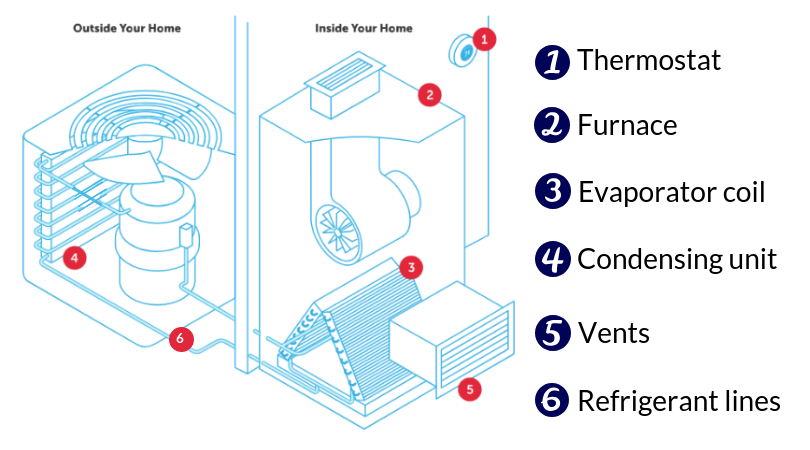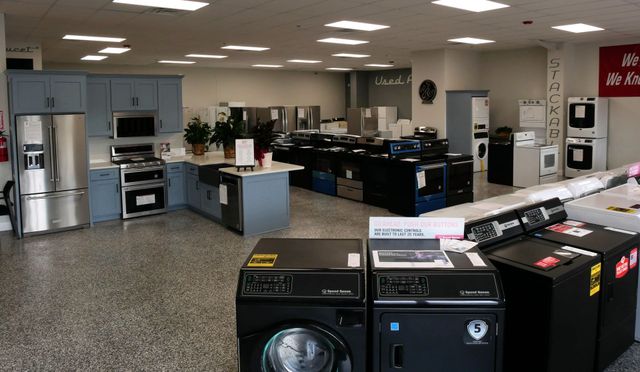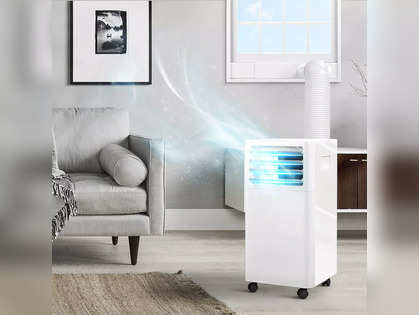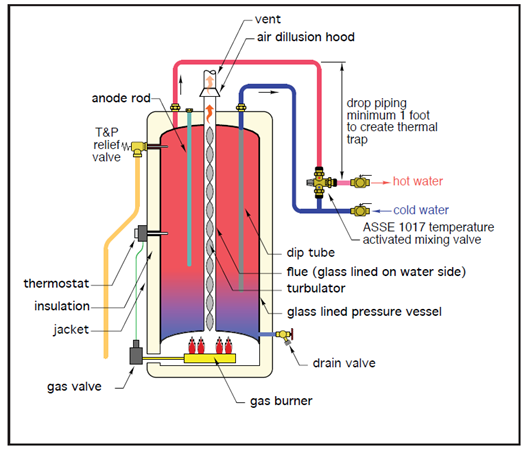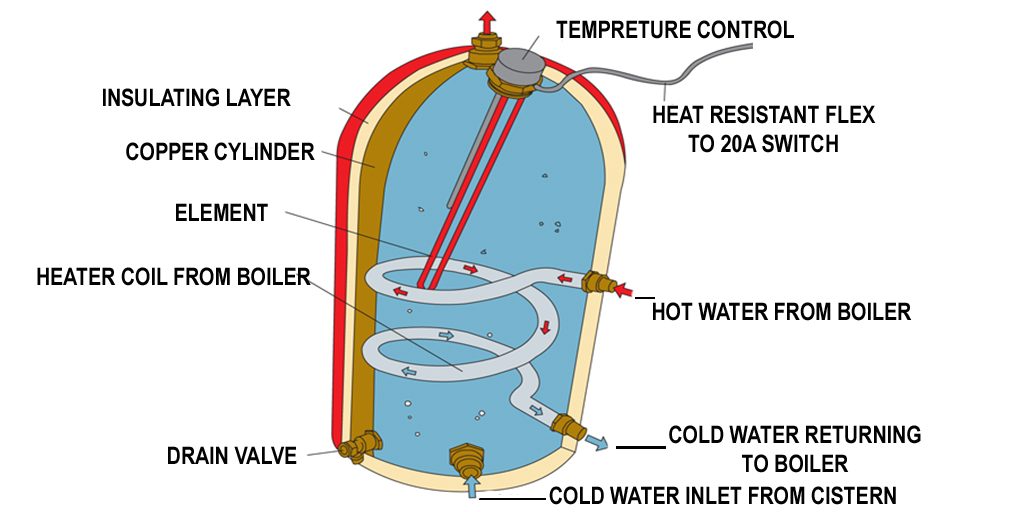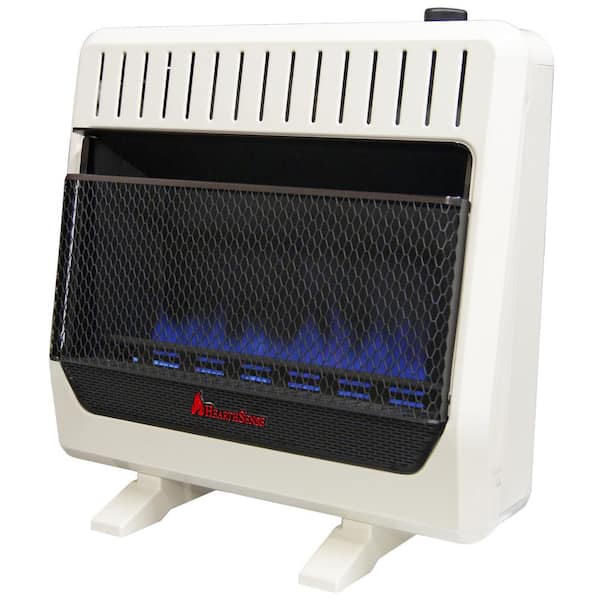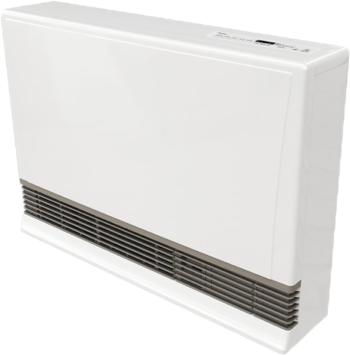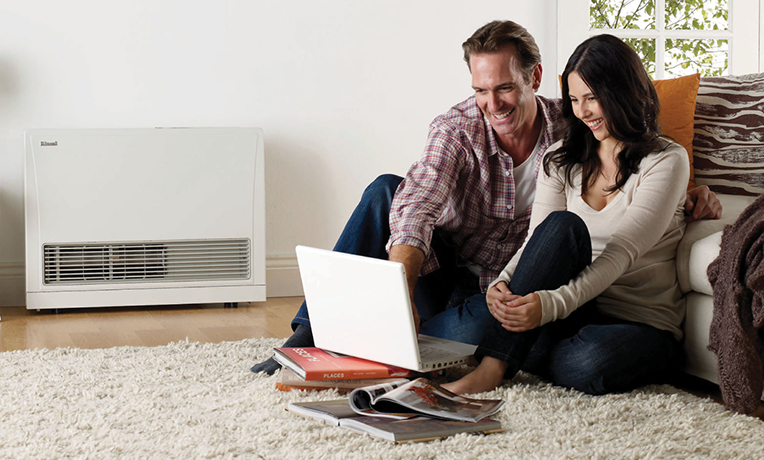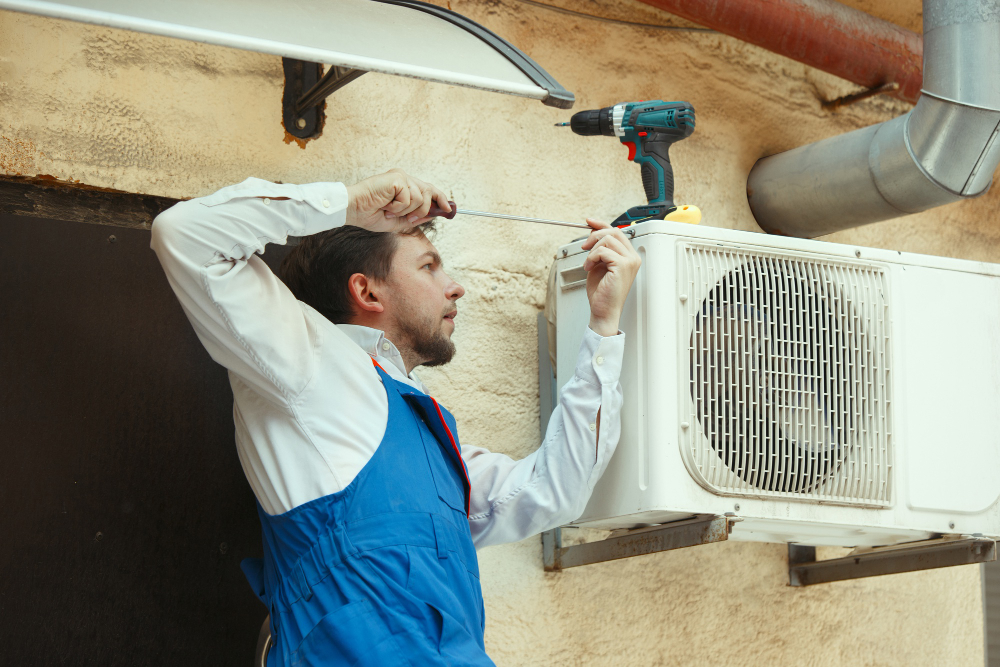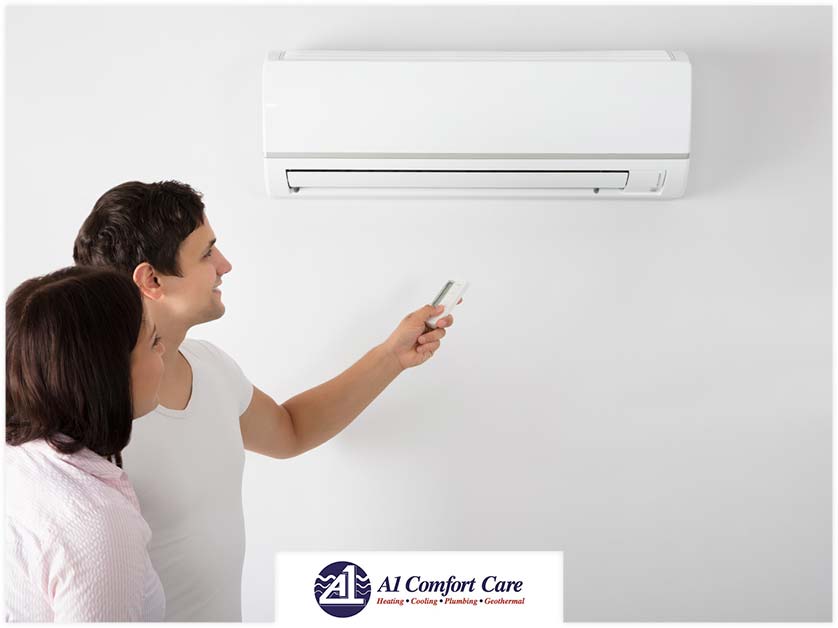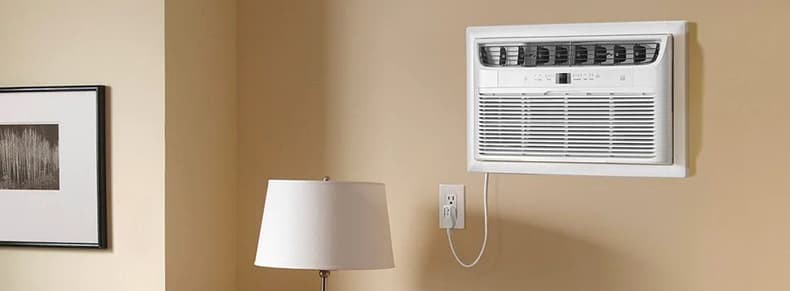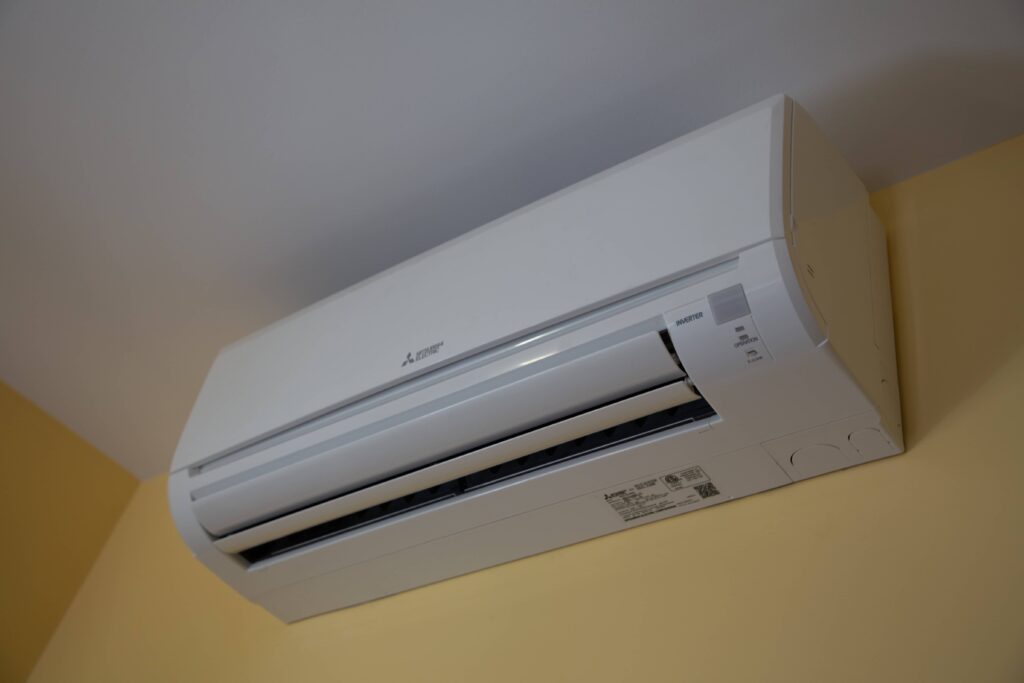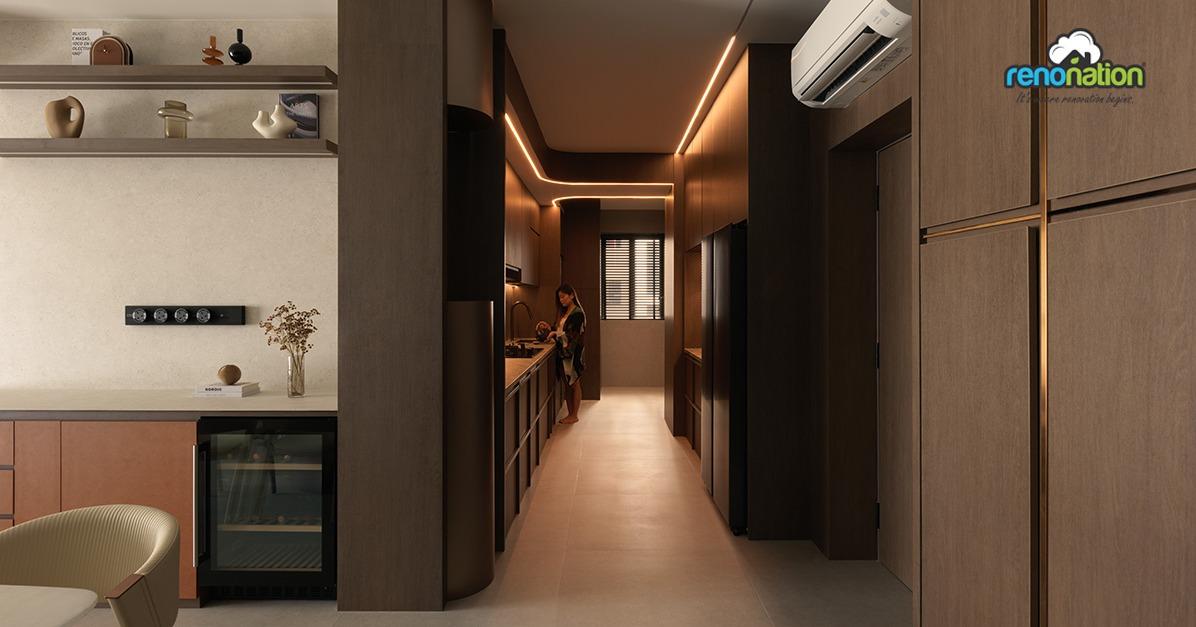Steel Tip Dartboard Measurements: The Complete Guide for Perfect Setup
1. Introduction to Steel Tip Dartboards
Darts is an exciting game that blends precision, strategy, and skill. Whether you're setting up a dartboard at home or for a professional competition, getting the right measurements is crucial. A steel tip dartboard, used in traditional dart games, has standardized dimensions regulated by organizations like the Professional Darts Corporation (PDC) and British Darts Organisation (BDO).
Knowing the official steel tip dartboard measurements ensures fair play, improves accuracy, and reduces unnecessary errors. In this guide, we’ll break down the essential measurements, how to install a dartboard correctly, and provide expert tips to get the best setup.
2. Official Steel Tip Dartboard Measurements
To ensure consistency in gameplay, the following measurements are standardized for steel tip dartboards:
Standard Dartboard Height
The bullseye of the dartboard must be positioned at 5 feet 8 inches (173 cm) from the floor. This height is the same across all major dart organizations and ensures a level playing field.
Throwing Distance for Steel Tip Darts
The official distance from the front face of the dartboard to the throwing line (oche) is:
-
7 feet 9 ¼ inches (237 cm) for steel tip darts
-
Measured horizontally from the face of the dartboard, not from the wall
Oche (Throwing Line) Requirements
-
The oche (toe line) must be clearly marked
-
Can be a physical raised bar (1.5 inches in height) or a flat line taped/painted on the floor
-
Players must not step over this line when throwing
3. How to Properly Set Up a Steel Tip Dartboard
Materials Needed:
✔ Regulation steel tip dartboard
✔ Tape measure
✔ Drill & screws
✔ Level
✔ Marker for oche line
Step-by-Step Dartboard Setup Guide:
-
Find a Suitable Wall: Choose a solid wall, ideally with a dartboard backboard for protection.
-
Measure & Mark the Bullseye Height: Mark 5 feet 8 inches (173 cm) from the floor.
-
Mount the Dartboard: Use the bracket that came with your dartboard to secure it to the wall. Ensure the number 20 is at the top.
-
Measure the Throwing Distance: Mark 7 feet 9 ¼ inches (237 cm) from the dartboard face.
-
Mark the Oche Line: Use tape or paint to create a visible line. A raised oche can be installed for tournaments.
4. Different Types of Dartboards & Their Dimensions
While bristle dartboards are the standard for steel tip darts, other types include:
| Dartboard Type | Material | Used For | Size |
|---|---|---|---|
| Bristle Dartboard | Sisal Fibers | Steel Tip Darts | 18-inch diameter |
| Electronic Dartboard | Plastic | Soft Tip Darts | Varies (up to 15.5 inches) |
| Wooden Dartboard | Wood | Vintage Dart Games | 18-inch diameter |
Bristle dartboards remain the most commonly used for serious play.
5. Measuring & Marking the Throwing Line Correctly
For an accurate setup, follow these guidelines:
-
Use a steel measuring tape to mark 7 feet 9 ¼ inches (237 cm) from the face of the dartboard.
-
Double-check that the measurement is horizontal, not diagonal.
-
If using a raised oche, ensure it is at least 1.5 inches high.
6. Factors Affecting Dartboard Placement
Consider the following:
✔ Wall Material: Use a sturdy wall to prevent damage.
✔ Lighting: A shadow-free setup improves visibility.
✔ Room Space: Allow at least 5 feet behind the oche for comfort.
7. Safety Considerations for Your Dartboard Setup
-
Keep the area clear of breakables.
-
Use a dartboard surround to protect walls.
-
Never stand in the throwing path while someone is playing.
8. Tips for Achieving the Perfect Dartboard Alignment
-
Ensure the number 20 is at the very top.
-
Use a spirit level to make sure the dartboard is perfectly straight.
-
Re-check all measurements twice before finalizing installation.
9. Common Mistakes to Avoid When Setting Up a Dartboard
❌ Placing the dartboard too high or too low
❌ Measuring the distance from the wall instead of the dartboard face
❌ Using a non-regulation dartboard size
❌ Forgetting to mark the oche line clearly
10. FAQs About Steel Tip Dartboard Measurements
Q1: What is the official height of a steel tip dartboard?
The bullseye must be 5 feet 8 inches (173 cm) from the floor.
Q2: What is the correct throwing distance for steel tip darts?
The throwing distance is 7 feet 9 ¼ inches (237 cm) from the face of the dartboard.
Q3: Can I mount my dartboard on a door?
It’s not recommended unless reinforced with a dartboard backboard.
Q4: How wide should my playing area be?
Ideally, a minimum of 5 feet behind the oche and 3 feet on each side.
Q5: What happens if my measurements are slightly off?
Incorrect measurements can affect gameplay, so ensure precision when setting up your board.



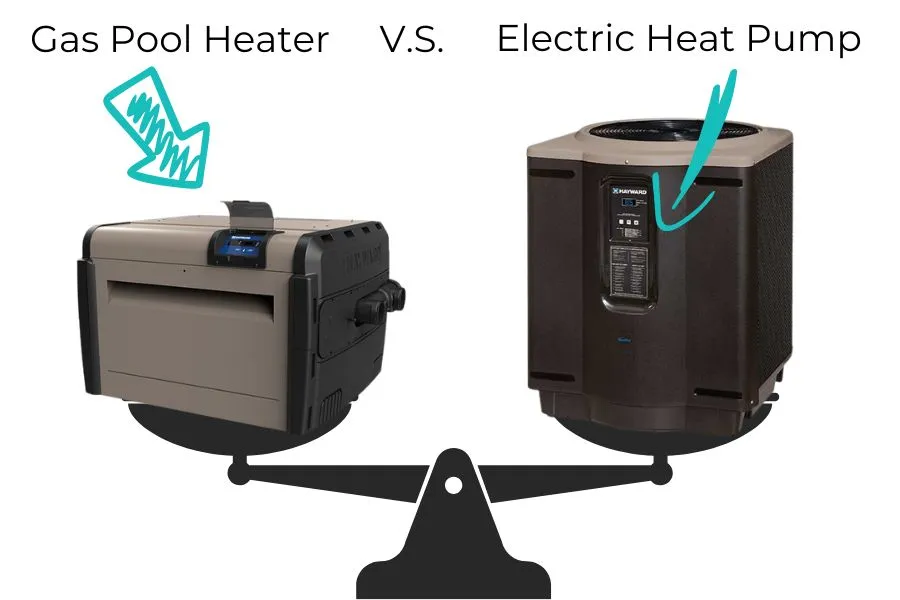

.jpg)



